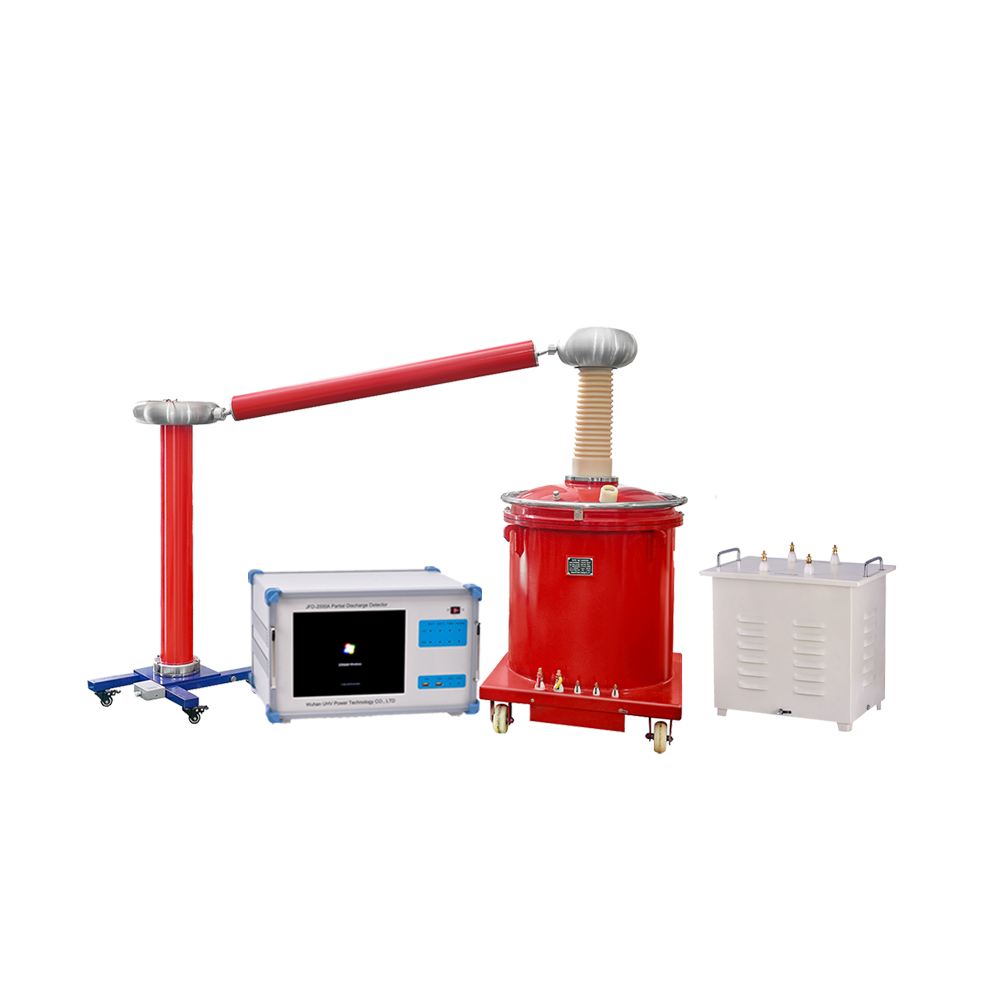What equipment can detect partial discharge?
Let's analyze Partial Discharge Testers – instruments specifically designed to capture, measure, and analyze partial discharge phenomena occurring within electrical equipment. Based on detection principles and application scenarios, the main types are:
1.Pulse Current (IEC 60270):
Measures: Current pulses in ground connection.
Pros: Most accurate quantification (pC).
Cons: Needs direct connection, often offline, sensitive to noise.
Use: Lab/factory tests, critical offline diagnostics (transformers, cables).
2.Ultra-High Frequency (UHF):
Measures: Radio waves (300MHz-3GHz) from PD.
Pros: Non-contact, good noise immunity, online capable.
Cons: Hard to calibrate (pC), complex signal paths.
Use: Online monitoring (GIS/GIL), transformers, switchgear.
3.Ultrasonic (Acoustic):
Measures: Sound waves (20kHz-300kHz) from PD.
Pros: Pinpoints location, immune to electrical noise, online capable.
Cons: Hard to quantify (pC), signal weakens through material.
Use: Locating PD sources live (transformers, switchgear, cables).
4.Transient Earth Voltage (TEV):
Measures: Voltage pulses on metal surfaces (dBµV).
Pros: Very fast, simple, cheap, online for switchgear.
Cons: Lower sensitivity, surface only, prone to interference.
Use: Quick screening of MV switchgear/RMUs.
Key Points:
No single best type: Choose based on equipment, need (quantify/locate/online), and environment.
Modern detectors often combine methods (e.g., UHF + Ultrasound) for better results.
Core function: Detect weak PD signals reliably amidst noise.




















